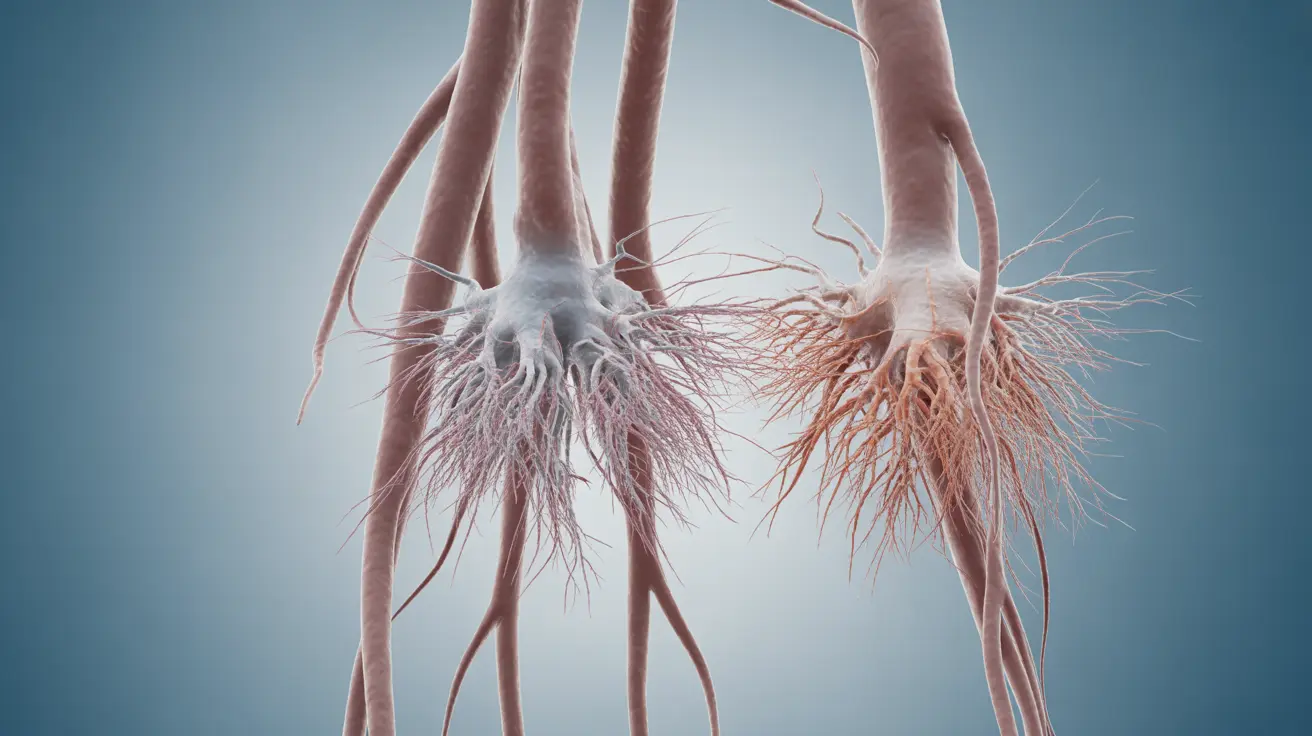Multiple sclerosis (MS) is a complex autoimmune disease that affects the central nervous system, impacting millions of people worldwide. This chronic condition occurs when the immune system mistakenly attacks the protective covering of nerve fibers, called myelin, leading to communication problems between the brain and the rest of the body.
Understanding multiple sclerosis is crucial for early detection and effective management. This comprehensive guide explores the key aspects of MS, including its symptoms, diagnosis, treatment options, and ways to improve quality of life for those affected by this condition.
Early Warning Signs and Symptoms
Multiple sclerosis can present with various symptoms, which often differ from person to person. Early recognition of these signs is vital for timely diagnosis and treatment:
- Vision problems (blurred or double vision)
- Fatigue and weakness
- Numbness or tingling in limbs
- Balance and coordination difficulties
- Speech problems
- Cognitive changes
These symptoms may come and go, making early diagnosis challenging. Many people experience their first symptoms between ages 20 and 40, though MS can develop at any age.
Diagnostic Process and Testing
Diagnosing multiple sclerosis requires a comprehensive approach, as no single test can confirm the condition. Healthcare providers typically use multiple methods:
- Magnetic Resonance Imaging (MRI)
- Spinal fluid analysis
- Evoked potential tests
- Blood tests to rule out other conditions
- Neurological examination
The diagnostic criteria require evidence of damage in at least two separate areas of the central nervous system, occurring at different times.
Types of Multiple Sclerosis
Multiple sclerosis manifests in several different forms, each with distinct characteristics:
Relapsing-Remitting MS (RRMS)
The most common form, characterized by clear episodes of new or worsening symptoms followed by periods of partial or complete recovery.
Secondary Progressive MS (SPMS)
Often develops in people who initially had RRMS, showing steady progression of symptoms with or without relapses.
Primary Progressive MS (PPMS)
Characterized by worsening neurologic function from the onset of symptoms, without early relapses or remissions.
Treatment Approaches
While there's no cure for multiple sclerosis, various treatment options can help manage symptoms and slow disease progression:
Disease-Modifying Therapies
- Injectable medications
- Oral medications
- Infusion treatments
Symptom Management
- Physical therapy
- Occupational therapy
- Medications for specific symptoms
- Mental health support
Lifestyle Modifications and Support
Several lifestyle changes can help improve quality of life for people with multiple sclerosis:
- Regular exercise and physical activity
- Balanced nutrition
- Stress management techniques
- Adequate rest and sleep
- Temperature management
- Support group participation
Frequently Asked Questions
What are the early symptoms of multiple sclerosis and how can I recognize them?
Early symptoms of multiple sclerosis typically include vision problems, fatigue, numbness or tingling in limbs, balance issues, and cognitive changes. These symptoms often come and go, and their severity can vary. It's important to consult a healthcare provider if you experience persistent or recurring symptoms.
How is multiple sclerosis diagnosed and what tests are involved?
Multiple sclerosis diagnosis involves several tests, including MRI scans, spinal fluid analysis, evoked potential tests, and blood tests. Doctors look for evidence of damage in different areas of the central nervous system occurring at different times to confirm the diagnosis.
What treatment options are available to manage multiple sclerosis and slow its progression?
Treatment options include disease-modifying therapies (injectable, oral, or infusion medications), symptom-specific medications, and various forms of therapy. The treatment plan is typically customized to each individual's specific symptoms and disease progression.
Can lifestyle changes and therapies improve quality of life for people with multiple sclerosis?
Yes, lifestyle modifications such as regular exercise, proper nutrition, stress management, and adequate rest can significantly improve quality of life. Physical and occupational therapy, along with support group participation, can also help manage symptoms and maintain independence.
What are the differences between the types of multiple sclerosis, such as relapsing-remitting and progressive forms?
The main types include Relapsing-Remitting MS (RRMS), which features clear episodes of symptoms followed by recovery periods; Secondary Progressive MS (SPMS), which often develops from RRMS and shows steady progression; and Primary Progressive MS (PPMS), which shows continuous worsening from the onset without early relapses.




